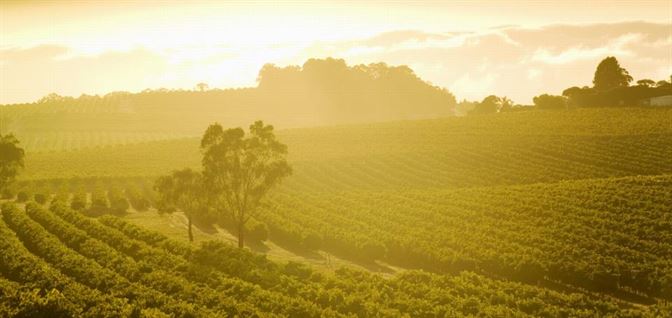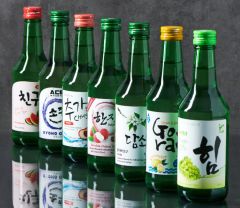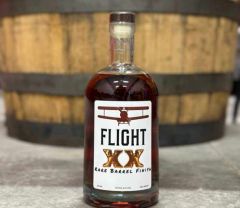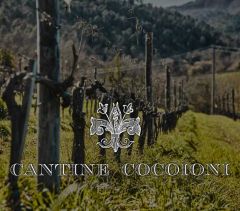AUSTRALIAN WINE INDUSTRY: HEADING IN THE RIGHT DIRECTION
After a decade of compounding woes including the GFC, the record highs of the Australian dollar, significant overproduction and the Euro crisis, the Australian wine industry is finally once again heading back in the right direction.
 The $AUD dropped by nearly 20% in value during June and July, bringing back into play some of the value that made Australian wines famous around the world. Australia’s wine export market was predominantly built when the $AUD was between $USD0.70 - $USD0.85. With the $AUD currently around the low 90cent mark, that competitive edge is coming back.
The $AUD dropped by nearly 20% in value during June and July, bringing back into play some of the value that made Australian wines famous around the world. Australia’s wine export market was predominantly built when the $AUD was between $USD0.70 - $USD0.85. With the $AUD currently around the low 90cent mark, that competitive edge is coming back.
The $AUD in not the only “game changer” for Australia - over the last decade Australia started to rationalize its vine plantings, with considerable acreage having being removed by individual growers who either lost their contracts with the big end of town, or found the competition too tough during the lean times.
During the 1990’s with government tax incentives, there was a massive vineyard planting spree, which resulted in a sea of ordinary wine made from very young vines coming onto the market during the late 1990’s and early 2000’s. Some of these have since failed and been grubbed out, and as for the rest, these baby vines have now matured into teenagers and are producing considerably better wines than they did when they were mere infants.
This is helping to bring the ‘average” wine quality back up to where in used to be in the 1980’s and early 1990’s. This is not to say that better producers didn’t maintain their wine quality during this time, but rather that the average or overall quality of Australian wines is on the rise as vines are maturing.
One significant problem that the Australian wine industry has faced over the last decade or so is that its major wine companies have lost their way due to corporate takeovers and boardroom machinations. This has resulted in some instances, in brands losing their direction and focus as well as the wholesale annihilation of previously viable brands. Apart from the damage this has done internationally to Australia’s wine reputation, it has caused major disruptions to the rest of the Australian wine industry. Consider if you will the impact of a multi-million case wine brand losing 10% of its sales; the resultant surplus wine was many millions of litres of bulk wine on the market – in many cases more volume than whole wine growing areas such as the Clare Valley produce. While the quality of the wine is not comparable, the sheer volume, especially when several of the Big-5 companies started selling wine in bulk, had a disastrous affect industry-wide.
The one saving grace in this big end melt down was that some of the medium-sized wineries such as Kingston Estate Wines seized the day and expanded quite considerably at the time. This move was supported by the trade who quickly became sick and tired of the antics of the large corporations. While some of the large corporations are still floundering around - you have but to read the news items to see that they have not got a cohesive plan; with the exception of Pernod Ricard owned Orlando Wines, who have stated that their mission over the next few years will be to re-position Jacob’s Creek from the under $10 category to the under $20 category by significantly improving quality and at the same time reducing the volumes.
Another factor that Australia has in its favour is that over the last 10-15 years an increasing number of wineries have been experimenting with new “alternative” grape varieties. By this I mean varieties which have done well in their native land but have not made it to global stardom like Chardonnay, Cabernet, Pinot Noir, Riesling and Shiraz have. As Australian winemakers have come to embrace the concept of global warming, those (mainly) in the hotter more arid areas have come to recognise that as the climate heats up over time, it will become more difficult for them to maintain viability and quality. Therefore they have started experimenting with grape varieties from Spain, Portugal, Italy and Greece which are accustomed to hot dry conditions.
Today there are some stunning wines being made from some of these varieties, so much so that they at times rival the better wines from their country of origin. Some excellent examples of wines made from these “migrated” grapes are: Cirami Estate Riverland Lagrein 2012 (Italy), By Jingo Adelaide Hills Montepulciano 2008 (Italy), Patritti Wines Barossa Trincadera 2012 (Portugal) Morris Wines Rutherglen Durif (Petit Syrah in the US) 2009 (France) Irvine Wines (Barossa) 2012 Savagnin (Spain) as well as a whole raft of other delicious wines being made from other “alternative varieties”; often with bigger and richer flavours than those from whence they came in the first place.
The final factor that is swinging Australian wines back into favour across the world is a gradual change of wine style. Having been smitten by “Parker Points” in the early 1990’s many Australian wineries started making massive monster wines, especially from Shiraz, in order to gain Parker points and the consequential listings and sales.
However, over the last few years, more and more wineries have started to swing the pendulum back towards elegance and style rather than power. A perfect example of this are the Heathcote (Victoria) Shiraz and Shiraz Viognier which are much more elegant and restrained with hints of white pepper than Barossa Shiraz with its rich luscious chocolate and black pepper flavours. They are also usually slightly lower in alcohol which is a nice bonus. With the white wines, there is a move towards less acid, more elegant and sophisticated flavours, especially in Chardonnay.
So today Australian wines are more affordable than they have been for a decade; more elegant, sophisticated and restrained in style, as well as offering a myriad of new tastes and flavours that have not been available to wine drinkers before. Enjoy a good glass of Australian wine tonight.
This Article is written by DAN TRAUCKI for BTN who is a wine industry consultant with Wine Assist.
Email: dan@wineassist.com.au








